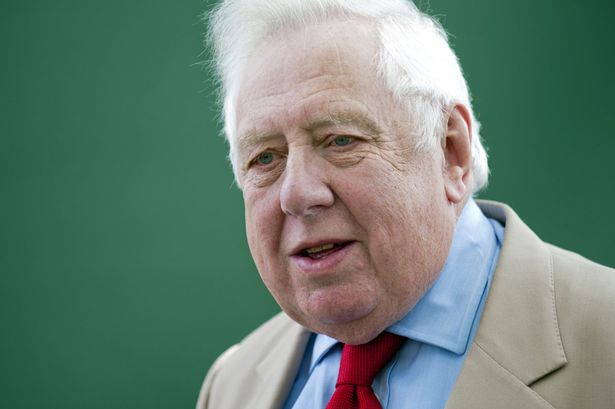The Catholics: The Church and its People in Britain and Ireland, from the Reformation and the Present Day
by Roy Hattersly (Chatto & Windus, £ 25.00)
Roy Hattersley, a former MP and Minister in Britain, prefaces his congenial history with a fascinating autobiographical fragment in which he recalls the ease with which his father could translate Latin inscriptions during their frequent visits to historic churches.
After his death he discovered that his father had once been a priest. During his ministry he had instructed a young woman for admission into the Church in anticipation of her marriage to a young collier, which he performed. Two weeks after the ceremony priest and bride ran away together.
The Catholics opens in the 16th Century amid the clamour for reform of the Church. Then as now most priests lived simple lives, but too many were corrupt, venal and ignorant. This period was also the dawn of nationalism, an age when European sovereigns were becoming increasingly likely to defy papal authority.
One, Henry VIII of England, established a national church after the Pope refused to dissolve his marriage to pious Catherine of Aragon. Henry wished to cast her aside for not having borne him a male heir.
Henry had no great theological differences with Rome, but English Protestantism soon acquired an intolerant streak. Zealous converts were given to iconoclastic rage and righteous persecution. To suppress the new faith Catholics resorted to rack and pyre. But even then both sides were learning to coexist.
Hattersley, politician turned historian, makes the good point that people, always and everywhere, “will float with the tide”. Catholics went to Protestant services, as required by law, paying attention to those elements that derived from the old beliefs, and ignoring reformist innovations. But they remembered their martyrs and were determined to defend their faith.
A pattern set then, in the 16th Century, would repeat itself often over the next 300 years. Anti-Catholic pogroms and riots would follow revelations of papist plots, or the passing of legislation slightly improving the lot of Catholics, or Spanish sabre-rattling. But these paroxysms of violence merely interrupted long periods of leniency, during which the penal laws were ignored, and Catholics worshipped openly.
Toleration even temporarily gave way to sympathy for the priests and nuns expelled from revolutionary France in the 1790s. The decline of Spain further smoothed the hard edges of anti-Catholic prejudice.
With the age of cheap steamship travel, large-scale Irish emigration to Britain began, and British Catholics regularly came across their Irish coreligionists. Enjoying their hard-won acceptance in society, loyal and industrious, they felt little affinity with the tatterdemalions wandering the streets lamenting their misery in their strange language, begging and prostituting themselves.
British Catholics were protective of their faith, acutely aware of the need to keep it alive through prayer and attendance at Mass. The Irish Catholics largely lacked their fervour, and were much less observant.
Hattersley praises the welcome the Church in Ireland and Britain has given to the migrants who have arrived in great numbers in the last 15 or so years, and reinvigorated Catholicism in both countries.
One of the intended consequences of Britain’s vote to leave the EU will be a significant reduction in the numbers of migrants entering Britain; an unintended consequence of the vote to leave the EU will be the enervation of the Church in Britain.



